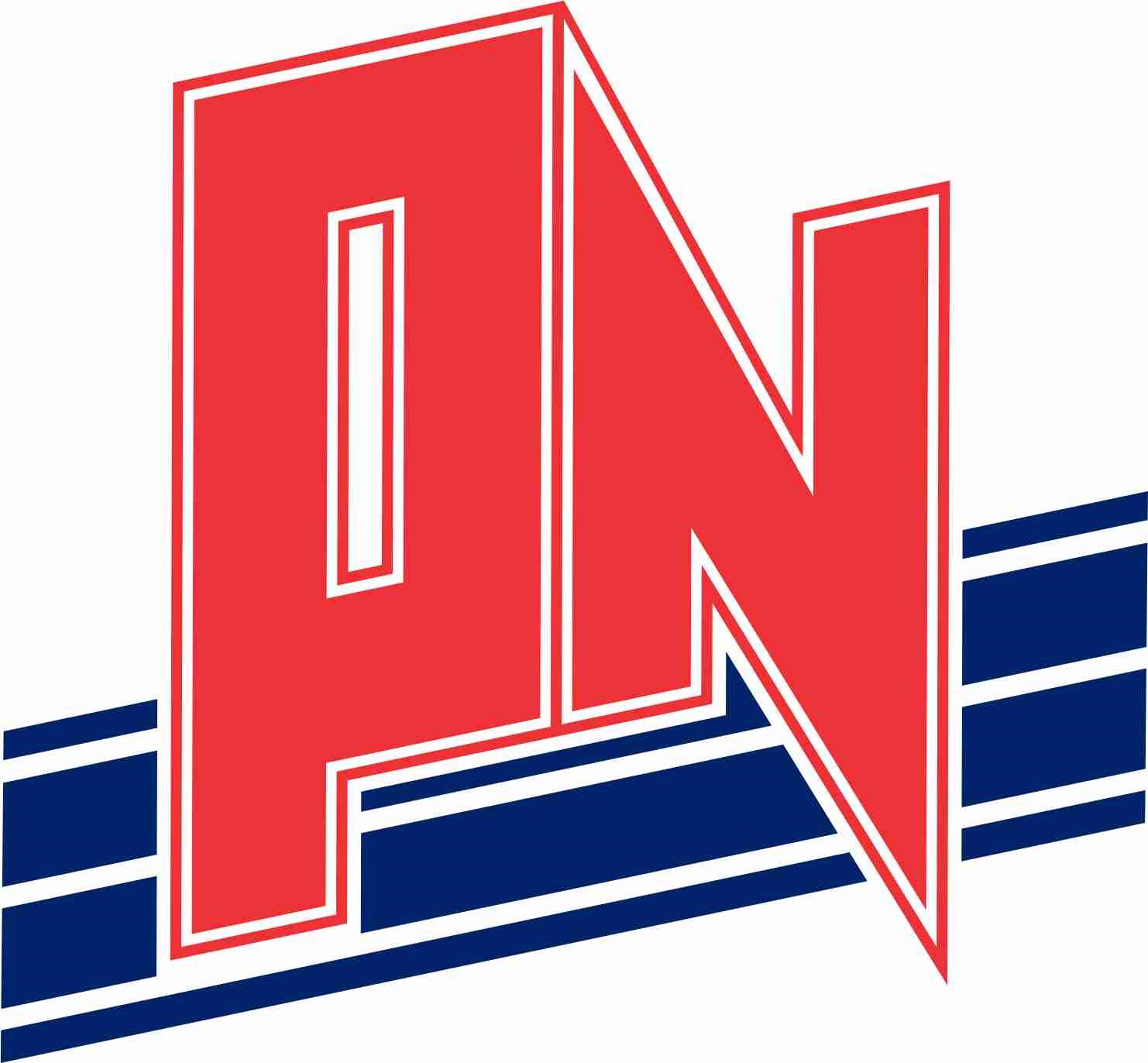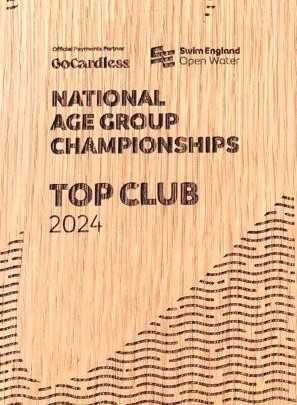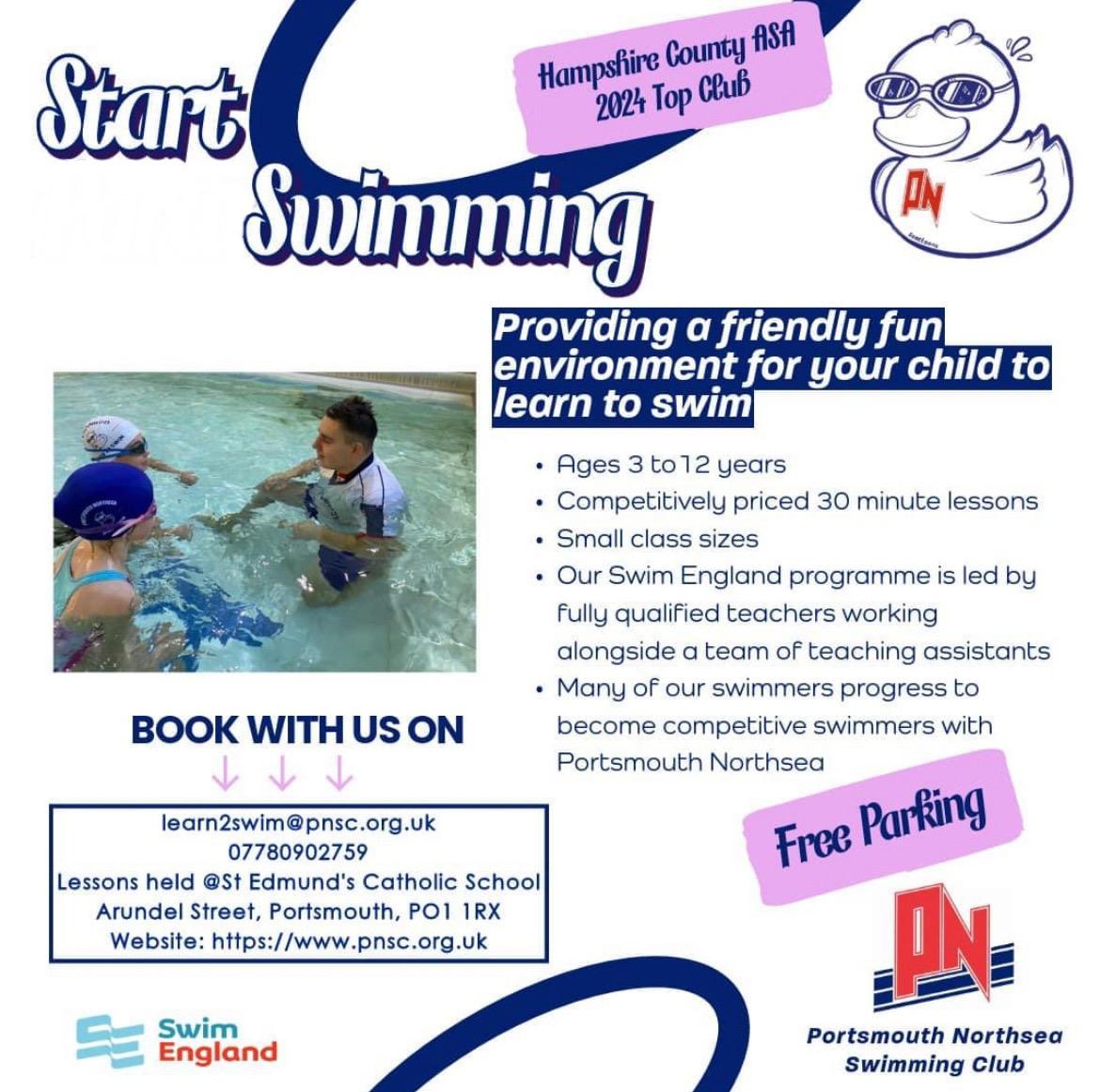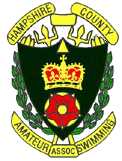
 Para-swimming
Para-swimming
There are 10 eligible impairment types in Para-swimming:
- Impaired Muscle Power - Athletes with Impaired Muscle Power have a Health Condition that either reduces or eliminates their ability to voluntarily contract their muscles in order to move or to generate force. Examples of an Underlying Health Condition that can lead to Impaired Muscle Power include spinal cord injury (complete or incomplete, tetra-or paraplegia or paraparesis), muscular dystrophy, post-polio syndrome and spina bifida.
- Limb Deficiency - Athletes with Limb Deficiency have total or partial absence of bones or joints. Examples of an Underlying Health Condition that can lead to Limb Deficiency include: traumatic amputation, illness (for example amputation due to bone cancer) or congenital limb deficiency (for example dysmelia).
- Leg Length Difference - Athletes with Leg Length Difference have a difference in the length of their legs. Examples of an Underlying Health Condition that can lead to Leg Length Difference include: dysmelia and congenital or traumatic disturbance of limb growth .
- Short Stature - Athletes with Short Stature will have a reduced length in the bones of the upper limbs, lower limbs and/or trunk. Examples of an Underlying Health Condition that can lead to Short Stature include achondroplasia, growth hormone dysfunction, and osteogenesis imperfecta .
- Hypertonia - Athletes with hypertonia have an increase in muscle tension and a reduced ability of a muscle to stretch caused by damage to the central nervous system. Examples of an Underlying Health Condition that can lead to Hypertonia include cerebral palsy, traumatic brain injury and stroke.
- Ataxia - Athletes with Ataxia have uncoordinated movements caused by damage to the central nervous system. Examples of an Underlying Health Condition that can lead to Ataxia include: cerebral palsy, traumatic brain injury, stroke and multiple sclerosis.
- Athetosis - Athletes with Athetosis have continual slow involuntary movements. Examples of an Underlying Health Condition that can lead to Athetosis include cerebral palsy, traumatic brain injury and stroke.
- Impaired Passive Range of Movement - Athletes with Impaired Passive Range of Movement have a restriction or a lack of passive movement in one or more joints. Examples of an Underlying Health Condition that can lead to Impaired Passive Range of Movement include arthrogryposis and contracture resulting from chronic joint immobilisation or trauma affecting a joint.
- Vision Impairment - Athletes with vision impairment have reduced or no vision caused by damage to the eye structure, optical nerves or optical pathways, or visual cortex of the brain. Examples of an Underlying Health Condition that can lead to Vision Impairment include retinitis pigmentosa and diabetic retinopathy.
- Intellectual Impairment - Athletes with an intellectual Impairment have a restriction in intellectual functioning and adaptive behaviour that affects conceptual, social and practical adaptive skills required for everyday life. This Impairment must be present before the age of 18.
 TOP CLUB! Open Water National Age Group Championships 2024
TOP CLUB! Open Water National Age Group Championships 2024 Come and join our Learn to Swim.
Come and join our Learn to Swim. Congratulations to all our swimmers and coaches!
Congratulations to all our swimmers and coaches! Come and join us!
Come and join us!